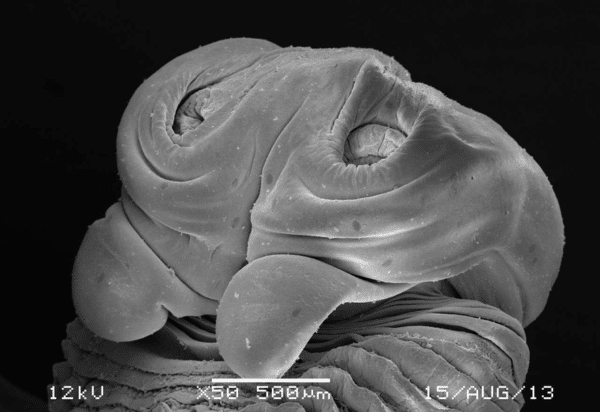Attendees will be cognizant of the following information by the end of the webinar:
• Horses that graze can be infected by the tapeworm, Anoplocephala perfoliata
•Equine tapeworm has an indirect lifecycle involving an oribatid/pasture mite intermediate host
• Adult tapeworms are hermaphrodite and intermittently release segments containing eggs
• The adult worms are found in caecum and, particularly, the ileo-caeco-colic junction
•Most horses have low burdens of tapeworm
• The prevalence of tapeworm varies between different groups of horses
• A main risk factor for tapeworm infection is access to pasture• Horses are infected year-round with tapeworm
• Equine tapeworm can cause colic
• The level of burden correlates with the risk of colic
• Burdens of 20 tapeworms and over have been demonstrated as pathogenic
• Serum IgG(T) levels to tapeworm excretory/secretory (ES) antigens of 12/13 kDa correlate with infection intensity
• Serum IgG(T) to 12/13 kDa ES antigens correlates with risk of colic
• Anthelmintic resistance in tapeworm to praziquantel and pyrantel was reported in 2023
• Faecal egg count tests have poor sensitivity for detecting tapeworm infection due to intermittent release of egg-containing proglottids and burdens comprising a proportion immature/sterile worms
• Serum and saliva tests that measure IgG(T) to tapeworm 12/13 kDa ES antigens can be used to diagnose infection to inform anthelmintic treatments and as an aid to diagnosis in colic cases
• Horses can be assessed in theTapeworm Blood Test 4 months after their last treatment
• Horses can be assessed in the EquiSal Tapeworm Saliva Test 3 months after their last treatment • Tapeworm antibody tests do not provide a value for exact numbers of worms but generate a score that provides a low, borderline or moderate/high tapeworm diagnosis. Treatment is recommended for horses that report a result as borderline or moderate/high
• Use of the EquiSal Tapeworm Saliva Test has led to considerable reductions in anti-tapeworm treatments in the UK, with 2 out of 3 horses tested not requiring treatment based on test results
• Control of tapeworm should combine good pasture management (low stocking density, removal of dung at least twice a week) with diagnostic testing to inform treatment decisions
• Anthelmintics licensed to treat equine tapeworm in the UK are pyrantel embonate (at twice the dose used for nematode species) and praziquantel (in combination with a macrocyclic lactone or as a single-active extemporaneous formulation that can only be prescribed by a veterinary surgeon).




